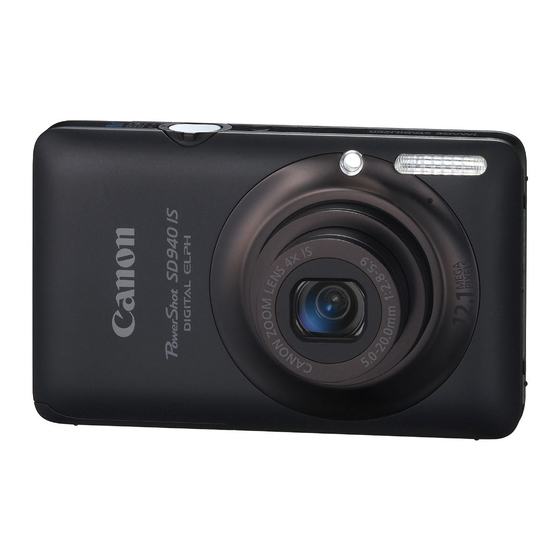
Canon Powershot SD940 IS Digital Elph User Manual
Canon powershot sd940 is: user guide
Hide thumbs
Also See for Powershot SD940 IS Digital Elph:
- User manual (164 pages) ,
- Software manual (60 pages) ,
- Product manual (36 pages)













Need help?
Do you have a question about the Powershot SD940 IS Digital Elph and is the answer not in the manual?
Questions and answers